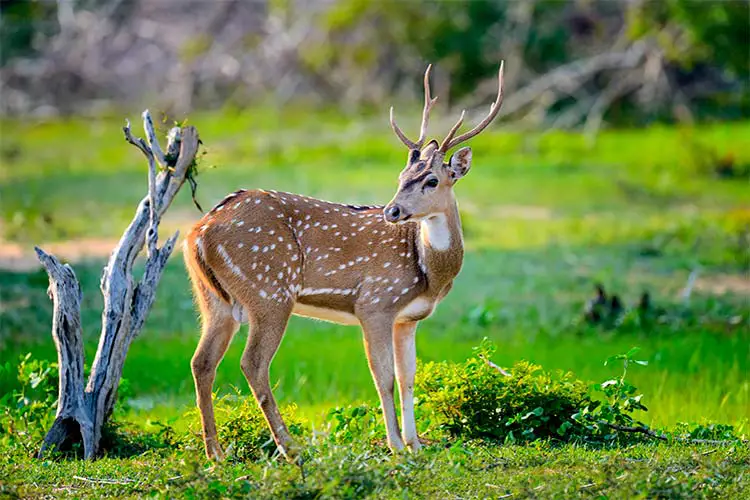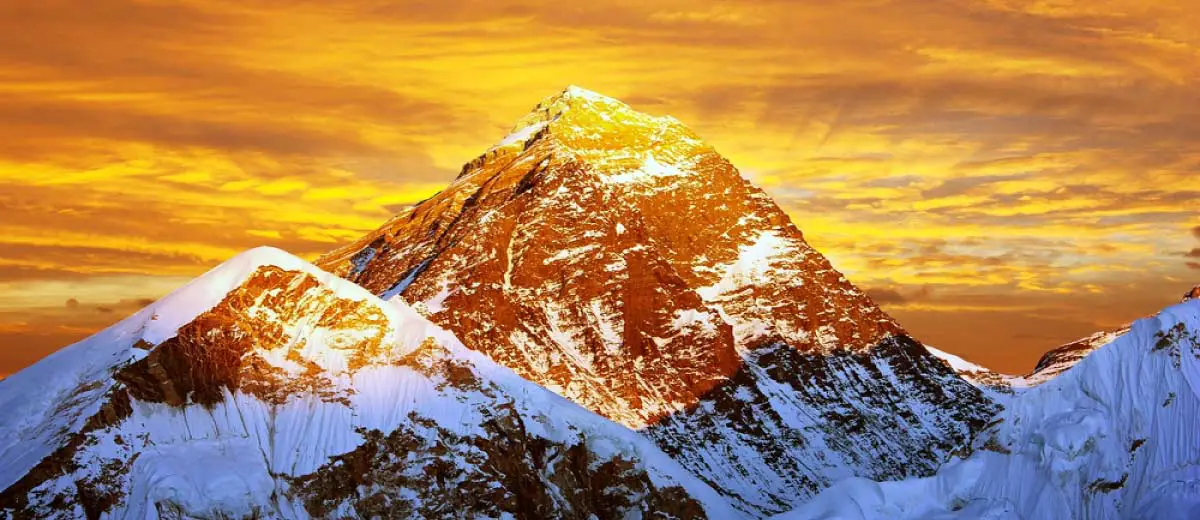South Asia
Few places on Earth inspire the mind and spirit like South Asia. This region, which contains countries such as Afghanistan, Nepal, India, Bangladesh, the Maldives, and Sri Lanka, is one of the most travelled regions in the world, due largely to the lavish cultural and religious heritage these countries have. Tourism in the area experienced a golden age during the 1960s when the region (especially India) became an extremely popular destination for poorer backpackers. Due to the advent of aeroplanes, travel was becoming possible for younger travellers, and South Asia was one of the most visited destinations by these early backpackers. Even today, the region enjoys popularity amongst those travellers looking for adventures. Fortunately, conditions have improved, so even if you’re looking for a more comfortable stay, South Asia has something to offer.
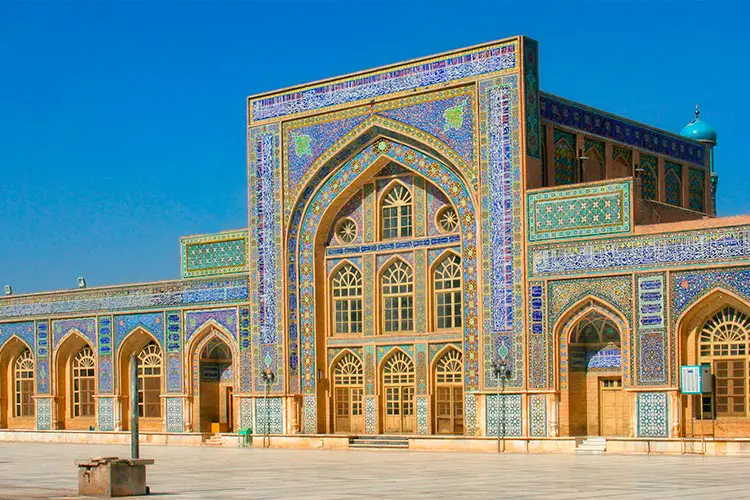
For the historically minded, South Asia is a wonderland, home to the ancestors of humans for at least 500,000 years. Although these early settlers left few traces, ruins dating back to the golden years of the Bronze Age are common in these areas. The region would also play a major role in the Age of Exploration. The British East India Company effectively owned much of South Asia during the 1800s, centring their operations in India and Pakistan. Although the region is now independent of British control, the European influence can still be felt in much of South Asia. However, the region’s traditional heritage still stands strong, and South Asia’s culture remains fixated on its Hindu, Islamic, and Buddhist roots. Today, South Asia and particularly India is one of the most populated regions in the world. The constant mixture of travellers, residents, and cultures lends the region a vibe like no other. If you have the means, South Asia is definitely worth investigating.

South Asia Highlights
Mountaineering and Hiking
If you’re the type of traveller that seeks beautiful vistas and unspoiled land, you’re in luck. The mountainous ranges in the northern parts of South Asia are some of the most beautiful in existence. One of the most famous peaks in the region is Noshaq, which stands on the border between Afghanistan and Pakistan. The daunting peak is not for the faint of heart, and to date only one winter summit has ever occurred. Even if you’re not up for Noshaq, there are a number of easier mountains in the Hindu Kush Range that offered a glimpse into one of the most unique landscapes on planet Earth. Furthermore, the entire northern region of South Asia sits in the Himalayan Mountain Range, the tallest in the world.
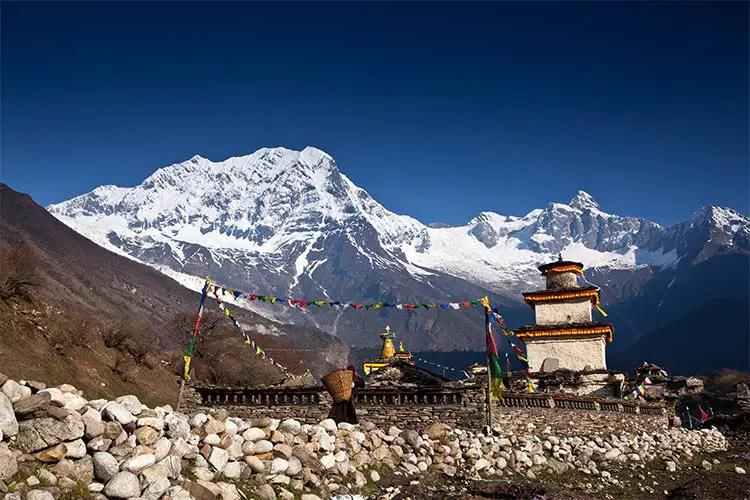
Indian Backpack Trail
Maybe nature just isn’t your thing. That’s perfectly acceptable, as South Asia also boasts some of the most lively cities around. In particular, the major cities in India such as New Dheli and Mumbai are just bustling with life, seemingly bursting at the seems with art and music and great cuisine. It’s quite an experience. If you’re looking for something a bit less busy, check out Goa. The city is famous for being the destination of the hippies and backpackers of the 60’s and 70’s, and the high degree of mixture of Eastern and Western cultures makes this city very unique.
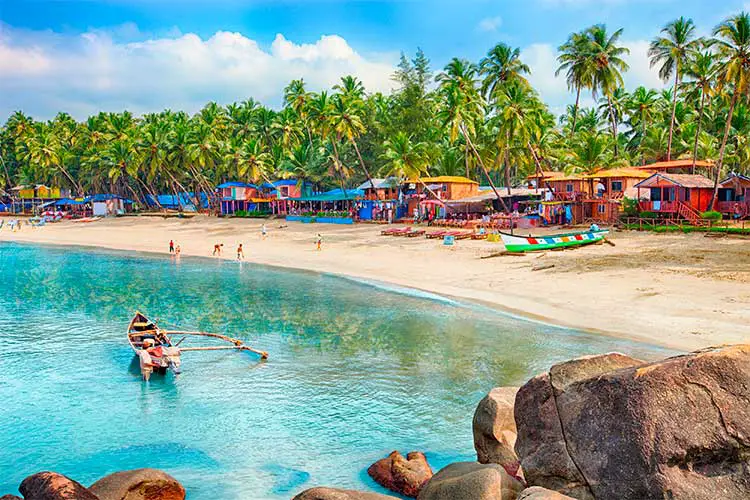
Southern Asian Food
The cuisine of South Asia is quite flavourful, with most dishes seasoned by the wide variety of locally grown spices. Many of the foods that originated in this reason enjoy global popularity, such as curry. Many of the coastal regions of South Asia are dependent on the sea for the food, and fish is a staple food of the region. Throughout the region, rice is eaten quite commonly, and travelers are virtually guaranteed to taste some delicious twists on this grain.
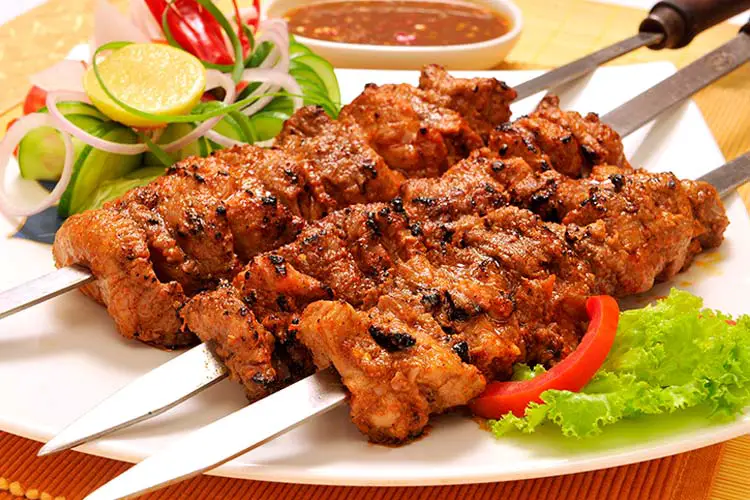
Wildlife of Southern Asia
As previously mentioned, the mountain ranges of South Asia are a hotbed for natural and wildlife activity. However, it’s also worth mentioning the Sundarbans, the mangrove forests in southern Bangladesh. While this area has recently come under threat due to the restructuring of the Bangladeshi energy grid, it still stands as one of the most unique ecosystems known to man. If you find yourself in northern India or Bangladesh, the Sundarbans are without a doubt one of the most exhilarating natural wonders around. There are also many other areas with an abundance of wildlife, from the biggest cats in the world to incredible deers, birds and marine life. Interestingly, the wildlife of South Asia includes their very own version of Africa’s Big 5, including Snow Leopards, Wild Water Buffalo and Asiatic Lions; If you’re a wildlife enthusiast, South Asia must be on your bucket list.
